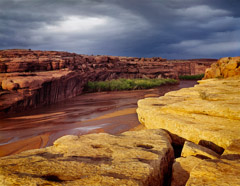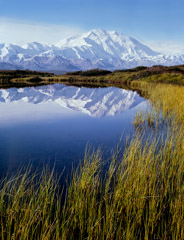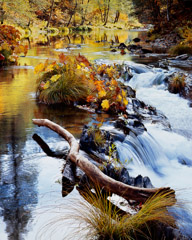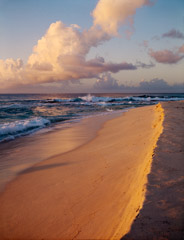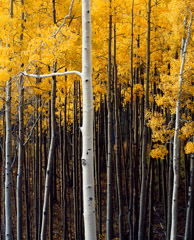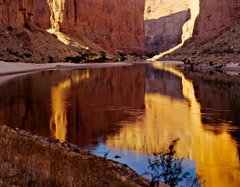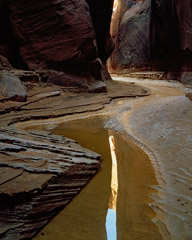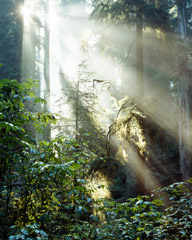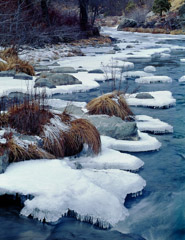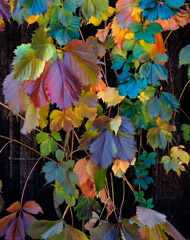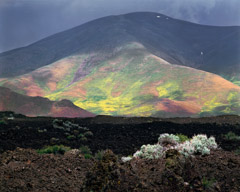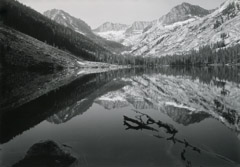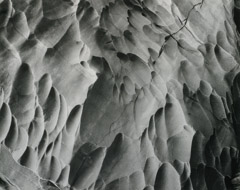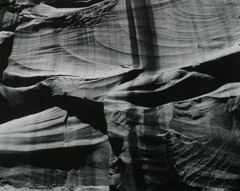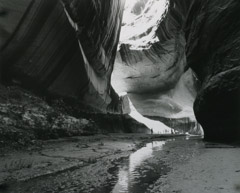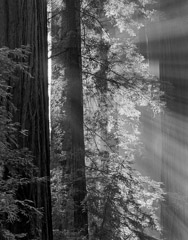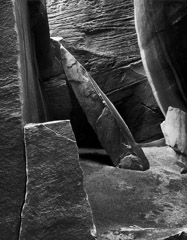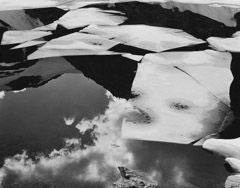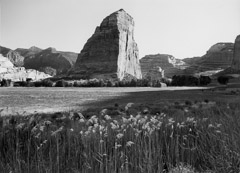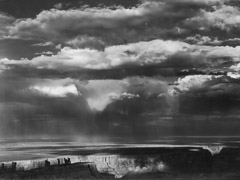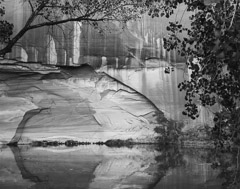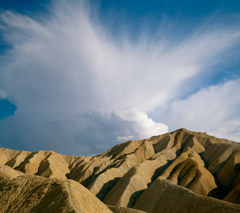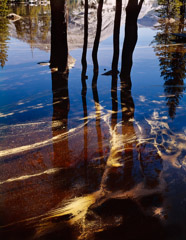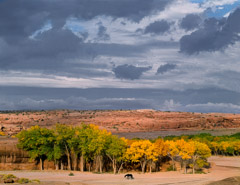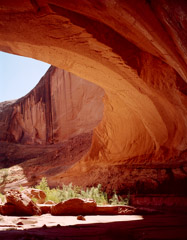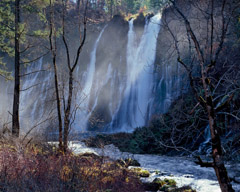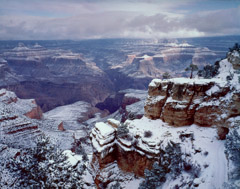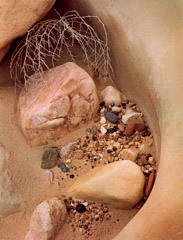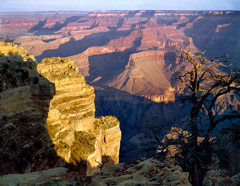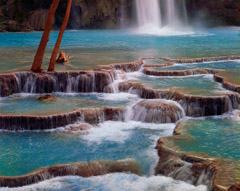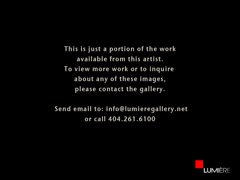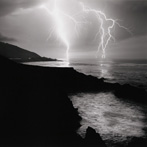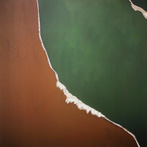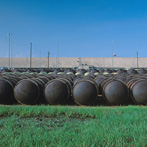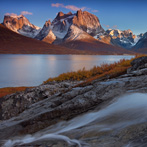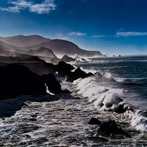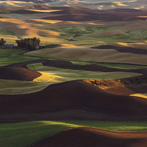Philip Hyde
Philip Jean Hyde (1921-2006)
Born in San Francisco in 1921, Philip Hyde was a pioneer of the West Coast landscape tradition, he made his first back country fine art landscape photograph in 1942. His photographs helped protect such national treasures as the Grand Canyon, Dinosaur National Monument, Denali, Tongass National Forest, Canyonlands, the Coast Redwoods, Point Reyes, King’s Canyon, the North Cascades, Oregon Cascades, High Sierra Wilderness, Big Sur, the Wind River Range, Islands off Puerto Rico and many others. Philip Hyde trained under Ansel Adams, Edward Weston, Minor White, Imogen Cunningham, Dorothea Lange, Lisette Model and other definers of the medium at the California School of Fine Arts, now the San Francisco Art Institute. Because of the historical significance of his work, a common misconception is that Philip Hyde was a photographer of a bygone era. In reality, he photographed for 58 years until he was 79 years old, into the new millennium. His work was always ahead of its time and went far beyond the classical landscapes for which he is known. His unique photographic vision and novel compositions are widely emulated today. He is generally acknowledged as one of the most influential of all outdoor photographers. Two of his most noted images are his 1964 color conservation icon, “Cathedral In The Desert, Glen Canyon,” that American Photo Magazine named one of the top 100 photographs of the 20th Century and “The Minarets From Tarn Above Lake Ediza,” a vintage black and white photograph, made in what is now the Ansel Adams Wilderness in the Sierra Nevada Mountains. Ansel Adams said that he liked this 1950 photograph of the Minarets better than his own.
![]()
The work of Philip Hyde is featured in these exhibitions.
(Select the image to view the exhibition page)
The work of Philip Hyde is featured in these Theme Collections.
(Select the image to view the theme page)
Messages from the Wilderness
Philip Hyde
This video was produced in conjunction with the exhibition Messages from the Wilderness which featured work deploying the visual power of photography to communicate an understanding and appreciation of the great American wilderness. Included in the exhibition was photography by: Philip Hyde, Ansel Adams, Edna Bullock, Peter Essick, Robert Glenn Ketchum, Tom Murphy, Bradford Washburn, Edward Weston & Brett Weston. Their work has often provided the foundation for major conservation movements.
Philip Hyde, was one of the century’s most influential wilderness photographers. His photographs have helped protect such national treasures as the Grand Canyon, Dinosaur National Monument, Denali, Tongass National Forest, Canyonlands, the Coast Redwoods, Point Reyes, King’s Canyon, the North Cascades, Oregon Cascades, High Sierra Wilderness, and many others. The video is narrated by his son David Hyde.

